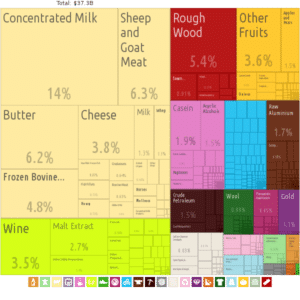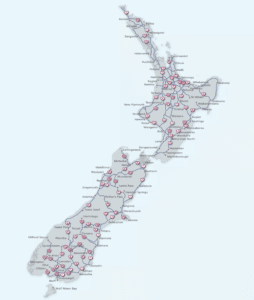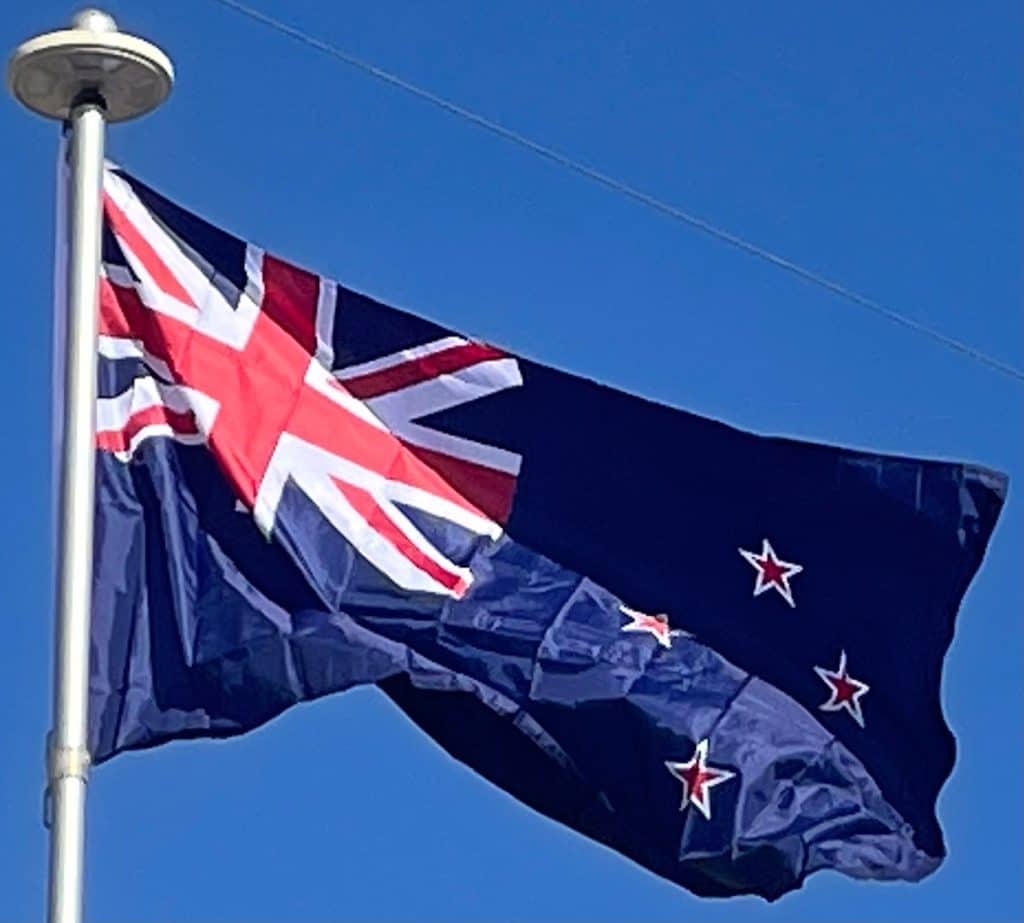
New Zealand is heavily dependent on international trade, particularly in agricultural products. Exports account for 24% of its output, making New Zealand vulnerable to international commodity prices and global economic slowdowns. Food products made up 55% of the value of all the country’s exports in 2014; wood was the second largest earner (7%). New Zealand’s main trading partners, as at June 2018, are China (NZ$27.8b), Australia ($26.2b), the European Union ($22.9b), the United States ($17.6b), and Japan ($8.4b). On 7 April 2008, New Zealand and China signed the New Zealand–China Free Trade Agreement, the first such agreement China has signed with a developed country. The service sector is the largest sector in the economy, followed by manufacturing and construction and then farming and raw material extraction. Tourism plays a significant role in the economy, contributing $12.9 billion (or 5.6%) to New Zealand’s total GDP and supporting 7.5% of the total workforce in 2016. In 2017, international visitor arrivals were expected to increase at a rate of 5.4% annually up to 2022.

Wool was New Zealand’s major agricultural export during the late 19th century. Even as late as the 1960s it made up over a third of all export revenues, but since then its price has steadily dropped relative to other commodities, and wool is no longer profitable for many farmers. In contrast, dairy farming increased, with the number of dairy cows doubling between 1990 and 2007, to become New Zealand’s largest export earner. In the year to June 2018, dairy products accounted for 17.7% ($14.1 billion) of total exports, and the country’s largest company, Fonterra, controls almost one-third of the international dairy trade. Other exports in 2017-18 were meat (8.8%), wood and wood products (6.2%), fruit (3.6%), machinery (2.2%) and wine (2.1%). New Zealand’s wine industry has followed a similar trend to dairy, the number of vineyards doubling over the same period, overtaking wool exports for the first time in 2007.
Transportation:
New Zealand’s transport network comprises 94,000 kilometers (58,410 mi) of roads, including 199 kilometers (124 mi) of motorways, and 4,128 kilometers (2,565 mi) of railway lines. Most major cities and towns are linked by bus services, although the private car is the predominant mode of transport.

The railways were privatized in 1993 but were re-nationalized by the government in stages between 2004 and 2008. The state-owned enterprise KiwiRail now operates the railways, with the exception of commuter services in Auckland and Wellington, which are operated by Transdev and Metlink, respectively. Railways run the length of the country, although most lines now carry freight rather than passengers. The road and rail networks in the two main islands are linked by roll-on/roll-off ferries between Wellington and Picton, operated by Interislander (part of KiwiRail) and Bluebridge.

Most international visitors arrive via air, and New Zealand has six international airports, but currently only the Auckland and Christchurch airports connect directly with countries other than Australia or Fiji.
Flag of New Zealand:
The Flag of New Zealand, also known as the New Zealand Ensign, is based on the British maritime Blue Ensign – a blue field with the Union Jack in the canton or upper hoist corner – augmented or defaced with four red stars centered within four white stars, representing the Southern Cross constellation.
